Why Cleaning HRV Units is a Great Idea!
When any machine has its normal operation hampered, it will reduce its efficiency and ability to function properly. Many of us are probably guilty of forgetting about basic maintenance of some of the mechanical equipment in our homes; keeping your HRV (heat recovery ventilator) clean would be a good thing to keep high on the priority list.
When I say ‘many of us’ are guilty of slacking off a bit, I include myself in that group, but after a recent discovery I will up my game a bit. I have usually inspected and cleaned the filter on my HRV about once a year, likely a bit less frequently to tell the honest truth. And when I do it, I inevitably tell myself to come sooner next time.
I have an HRV system in my home that is more intended to service the main floors and much less the unfinished basement that we rarely use. By no means is this an ideal set up, but it was done before radon gas showed up on my radar. I recently had my air tested and discovered that the radon levels in the basement were significantly higher than Health Canada’s recommended safe levels. Despite having an air exchanger for the upper living areas, the natural stack effect of warm air rising means that air from the basement will find its way to the upper floors.
Three weeks ago I had a new HRV system installed that is dedicated to the basement to reduce the radon level. We also installed aRadostat, which is a continuous radon monitor that activates the HRV system when levels hit 150Bq/m3, which is 50 lower thanHealth Canada’s current radon guideline of 200Bq/m3.
With the help ofRadon Environmental,Air SolutionsandSAF Combustion,我们一直在监测浓度(目前已降低约80%),并将继续调整流量以及进气和排气位置,以达到最佳的氡去除效果。我们将在不久的将来全面记录这一过程,但这不是我现在要告诉你的。
I was surprised when we opened the machine;
After giving the system a couple of weeks to operate and get an accurate reading of radon levels, we made the first system alterations. I was surprised when we opened the machine to see how much debris there was after 3 weeks.

I live in a wooded area where there is a healthy amount of flying insects, many of which found their way into the HRV as seen in the above image.
The filter was also dirtier than I expected
There was not enough debris (or dead bugs) on the core to make a difference in performance, but it did indicate to me that my current cleaning schedule for my other machine was not frequent enough.
The filter was also dirtier than I expected in such a short time, further convincing me that a five minute cleaning every few months was a good idea.
安装人员过去也做过类似的氡缓解系统,并向我讲述了几年前接到一个愤怒客户的电话的故事。他们安装的系统最初起到了作用,降低了氡水平,但最近的氡测试显示,水平比缓解措施之前的原始读数高出几倍。
The fresh air intake vent was entirely plugged
While checking the balance of the system they found the fresh air intake vent was entirely plugged with 5 years worth of debris, and the system was starving for air. With only the exhaust operating properly the basement was always depressurized, and was pulling radon-rich air from the ground below. Needless to say, the first thing they do when getting similar call backs now is tell the client to go check the intake.
How to clean HRV cores and filters:
- First check the air intake to make sure it is clear of debris
- Open the main hatch on the HRV unit, the core and filters should be fairly easy to remove. Pay attention to how they come out to ensure they go back in in exactly the same position.
- If the core is not very dirty, it may only take brushing it or a pass with a vacuum.
- A very dirty core can be taken out and rinsed in a large basin of water if necessary. *important: this is for HRV’s only – An ERV (Energy recovery ventilator) would be damaged if submerged in water.
- Filters can also be vacuumed or washed if necessary.
- Be careful not to move the damper adjustments as that may affect the air balance.
How fast your filter and core will get dirty depends on your local air quality. Living near heavy traffic or close to dusty roads could require more frequent cleaning than in a low traffic area. It can take as little as one leaf blowing by and getting sucked against the filter to cut your air intake by an easy third, so keep an eye out in the fall.
If checking and cleaning mechanical equipment is not your thing, contact a local HVAC company (heating, ventilation and air conditioning) and have it be part of a regular maintenance of furnaces, air conditioners or even a chimney cleaning. Regular servicing is worth the money; it will pay for itself through less wear and a longer lifespan of equipment, but also in more efficient operation, and above all, healthier indoor air quality.


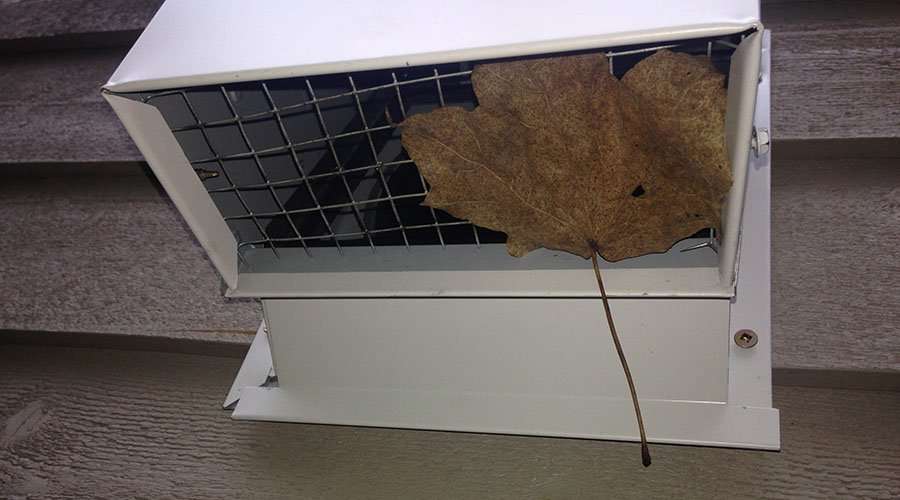











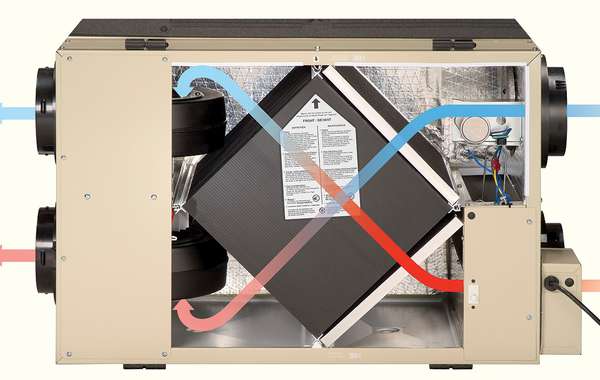
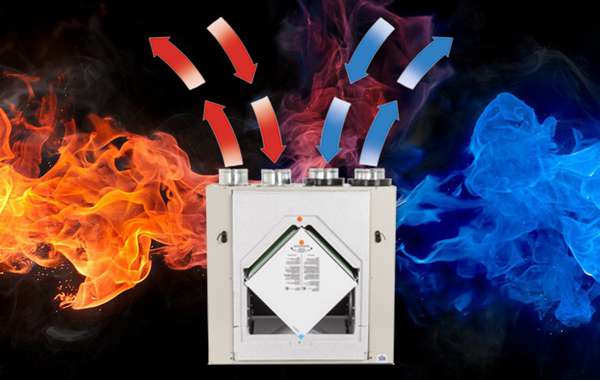
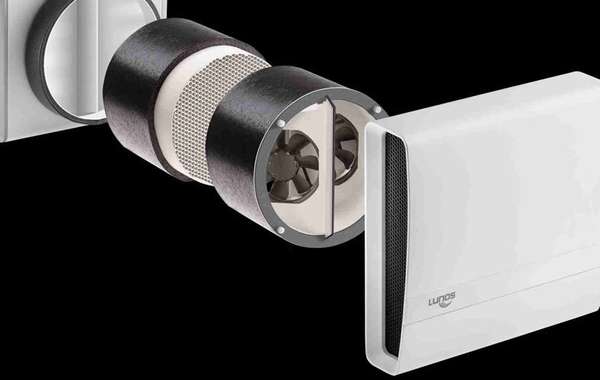
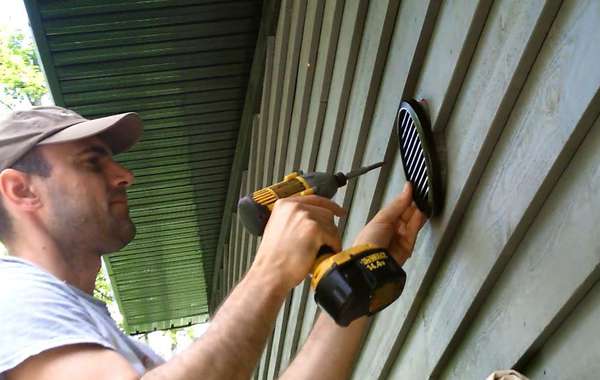
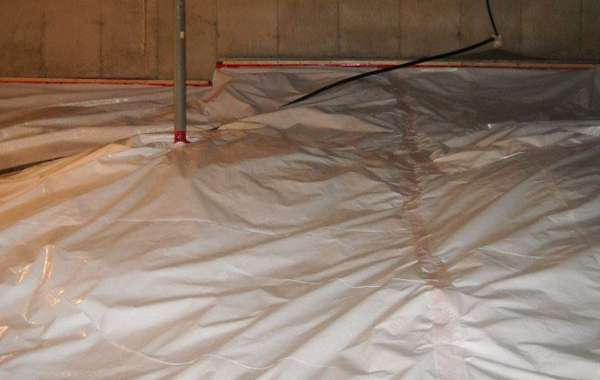
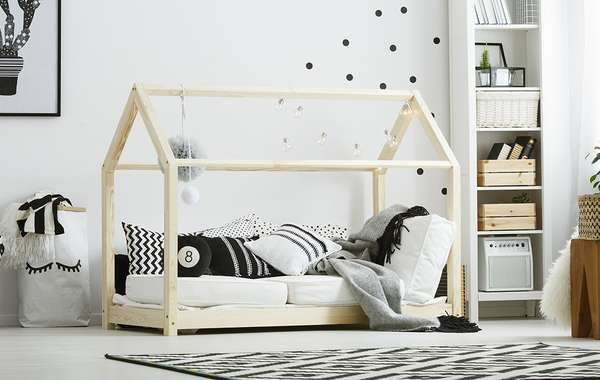
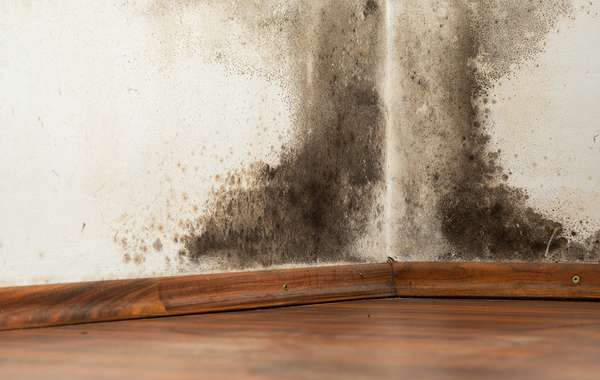
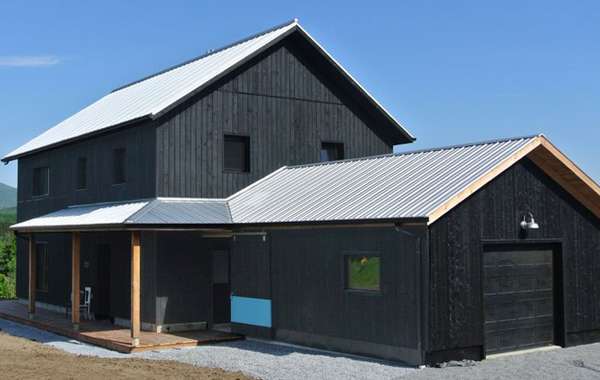
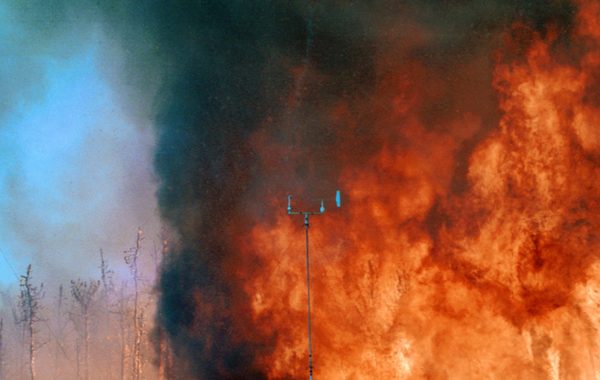
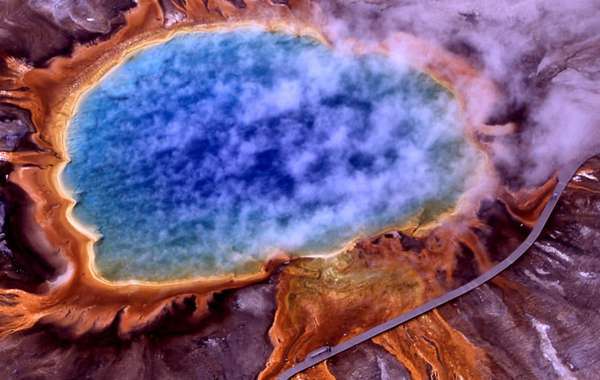
Great articles but this light gray font is very dofficult to read due to poor contrast with the white background. What is so trendy about gray that the functional use of black text is ignored?